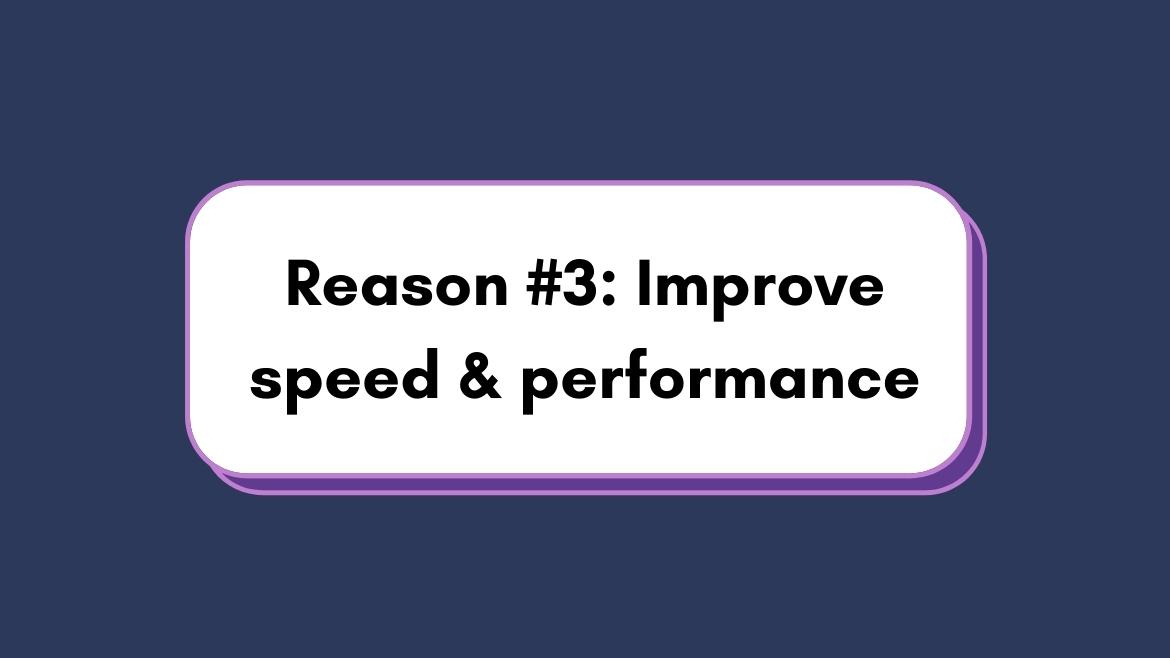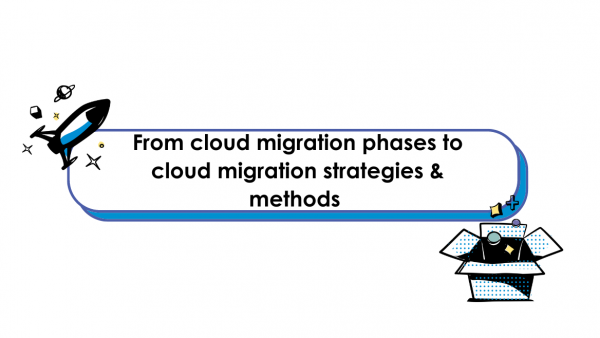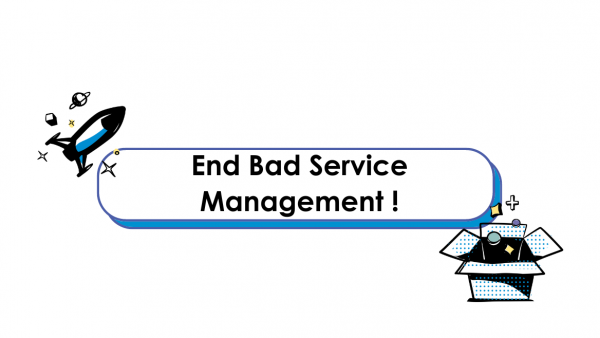Moving to the Cloud | Reason #3: Improve speed and performance

42% of professionals say improving network performance is one of the top reasons to move to the cloud. And the bigger your company, the more performance matters. In fact, in companies with over 1,000 employees, 76% of leaders surveyed say they’re adopting the cloud to improve the speed of IT service delivery.
How exactly does cloud make your business faster? There are six core reasons:
Better network performance
In 2019, network performance became the number one reason companies cited for moving to the cloud (up from #3 in 2018), according to a survey by INAP.
The reason for this shift might surprise you: customer retention. That’s right, performance doesn’t just impact your IT teams. If your systems don’t perform, you’re also likely to lose customers. And since retaining an existing customer is 5 – 25 times less expensive than getting a new one, network performance has a direct impact on the company’s bottom line.
Uptime guarantees
Any cloud provider worth its salt will offer you an uptime guarantee (and the peace of mind that comes with knowing your systems will be available nearly 24-7).
Atlassian’s Premium Cloud offering guarantees 99.9% uptime SLA and offers service credits if it has failed to be met. In our Cloud Enterprise plan, Atlassian increases that financial guarantee to 99.95%. Both plans include 24/7 support with response times in an hour or less.
Automatic performance upgrades
Automatic upgrades improve performance while also ensuring there’s no lag time in getting to that better performance (since there’s no manual upgrade process involved). This means you always have access to the best performing tools and never fall behind your competitors.
Faster product development and deployment
Another place cloud pulls ahead of on-prem hosting in the speed department is continuous integration (the practice of syncing developers’ work throughout the day) and continuous delivery (deploying small software changes quickly and regularly).
CI and CD are best practices for both DevOps and Agile and have experienced widespread adoption among development teams. The primary benefit of CI is that it increases speed (and consistency) as your team prepares for deployment. The primary benefit of CD is that it gets changes to your users faster and in smaller batches that can be easily dialed back in case of an incident.
So, what does this have to do with moving to the cloud? Well, much like enabling remote work and distributed teams, while you can do CI or CD on-prem, cloud is generally faster and less complicated. After all, with cloud you have instant access to more computing power and more machines—which means you can run CI/CD tasks simultaneously. This can make these keystone practices significantly faster. Not to mention that most CI/CD software is cloud-based and integrates seamlessly with other cloud tools.
Automatic scaling and load-balancing
With on-prem hosting, computing power is always finite. You have a set number of servers, a set number of load balancers, and a set amount of power. This means that if your user base grows quickly or unexpectedly, your systems could slow to a crawl or—worse—go down altogether.
With automatic scaling in the cloud, computing power can scale up as high as it needs to in order to handle unexpected spikes in use. So, if your external user base quadruples overnight or you have to double your internal team size within a week to meet new demand, speed doesn’t suffer.
Standardisation
Some teams use a move to the cloud as a chance to streamline internal processes, embracing migration as an opportunity to improve speed and productivity both inside their tools and outside them—in process and culture.
Much like moving to a new house is often an opportunity to go through everything and get rid of things you don’t need—like those shoes in the back of the closet that pinch your feet and that set of golf clubs you bought with every good intention and never used—a move to the cloud is a good excuse to take a good, long look at instances, workflows, documentation, team best practices, etc. and ask what is and isn’t moving you toward your overall business goals.
Making the switch from on-prem to cloud
Overall, a move to the cloud is likely to improve performance, product development, and process speed. That said, the one part of this process that isn’t always fast is the migration process from on-prem to cloud.
There’s a pervasive myth that the move itself is just like flipping a switch, but that’s an oversimplification. The truth is that migrations take time and to do them well, you need a migration plan.
Migrating your assets to the cloud involves testing applications, accounting for bandwidth limitations, and allocating the appropriate resources—both internal and external—for the move. And these actions have timelines that vary wildly depending on your organization’s size and setup.
A small company with a single server and no integrated services can easily make the switch in less than a week. But that’s the fastest scenario. Most companies are dealing with a more complex set-up that involves integrated email, document repositories, and communication systems. And the larger and more integrated your systems, the longer you can expect your migration to take. The industry average is somewhere around one to two months, with larger companies with complex set-ups sometimes needing up to 12 months from inception to production and training.
And that’s just the technical side of the process. Once your systems have been migrated, it’s important to factor in the time it’ll take for you to train employees, secure cultural and team alignment across your new systems, and update any internal documentation to reflect changes in workflow, process, and how to complete tasks within your updated systems.
The key takeaway here should be that when we talk about cloud increasing speed and saving money, that’s the long view. There is an up-front cost in both time and budget to get to that more nimble, agile, cost effective place. And the larger your company, the longer that timeline tends to be.
The important thing is to understand the long-term value you can expect from the migration. There’s a reason 76% of leaders say they’re adopting the cloud to improve the speed of IT service delivery. Because those long-term gains are more important than the short-term work.
Don’t know where to start with migration planning?
Our team of experts can help you at every step of your migration - from assessment to getting up and running in the cloud. Let's talk.








